Exploring the intricate dance between cultural encounters and stories offers a unique lens through which we can understand the complexities of human interaction across diverse backgrounds. Cultural encounters, whether through historical events, contemporary interactions, or artistic expressions, often leave lasting impressions that find their voice through storytelling. These narratives serve as bridges, connecting individuals from different cultures, bridging gaps, and fostering empathy while unraveling the tapestry of shared human experiences. From ancient myths to modern tales, stories have always played a pivotal role in preserving and transmitting the essence of cultural encounters, offering insights into the values, beliefs, and traditions that define us. As we embark on this journey, we will explore how cultural encounters shape our understanding of society, influence storytelling, and leave a lasting impact on readers.
Key Takeaways
- Broadens Perspectives: Cultural encounters expose individuals to diverse lifestyles, expanding their worldview.
- Fosters Empathy: Engaging with different cultures helps build compassion and understanding among people.
- Challenges Stereotypes: Direct interaction dismantles preconceptions, promoting a more nuanced view of society.
- Introduces Third Culture: When cultures intersect, a unique hybrid space emerges, offering fresh societal insights.
- Educational Insights: Museums and art showcase cultural histories, enriching societal value appreciation.
- Role of Globalization: Technology and media facilitate cultural encounters, fostering a sense of interconnectedness.
- Reflection on Identity: Comparing customs prompts self-reflection, deepening understanding of societal dynamics.
- Enriches Storytelling: Cultural encounters add diverse perspectives, creating richer narratives.
- Challenges Traditional Narratives: They push creators to innovate, questioning established storytelling conventions.
- Character Depth: Multi-dimensional characters navigate cultural differences, enhancing story development.
- Innovation in Techniques: Unique elements like dialects and customs invigorate storytelling methods.
- Reinterprets Classics: Fresh twists on traditional tales reflect diverse cultural values.
- Immersive Settings: Story environments mirror cultural values, immersing readers deeply.
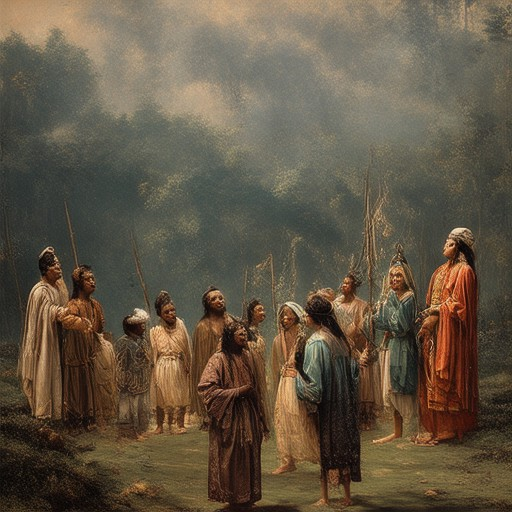
Cultural Encounter
A cultural encounter refers to the interaction between individuals, groups, or societies that represent distinct cultural backgrounds, traditions, and perspectives. These encounters occur when people from different cultures engage in activities that allow for mutual exchange, understanding, and appreciation of each other’s customs, beliefs, and practices.
Key Aspects of Cultural Encounters
- Cultural Identity : A cultural encounter often involves the exploration and recognition of cultural identities. Individuals may discover aspects of themselves they weren’t previously aware of, leading to personal growth and a deeper understanding of their heritage.
- Symbolic Representation : Cultural encounters frequently involve symbolic elements such as art, music, dance, and language. These symbols often carry meanings that transcend words, allowing participants to connect on a deeper level.
- Interpretative and Presentational Forms : These encounters may include performances, storytelling, or demonstrations where participants share their cultural traditions with others. This exchange fosters empathy and respect among individuals from different backgrounds.
- Global and Cross-Cultural Perspectives : Cultural encounters often take place on a global scale, involving people from various countries and ethnic groups. This broad approach allows for a multifaceted analysis of cultural practices and their significance.
Examples of Cultural Encounters
- Travel and Tourism : Travelers engage in cultural encounters by experiencing local cuisines, traditions, and landmarks. Websites like Bending Borders highlight unique destinations and cultural insights, bridging gaps between different global perspectives.
- Festivals and Events : Festivals such as Mardi Gras, Oktoberfest, and Diwali are opportunities for cultural encounters, bringing together people from diverse backgrounds to celebrate shared human experiences.
- Art and Literature : Artists and writers often explore themes of cultural encounters through their work. These creative outputs provide windows into the lives and experiences of people from different cultures.
Impact of Cultural Encounters
Cultural encounters challenge stereotypes and broaden perspectives, fostering mutual understanding and cooperation. They also contribute to the development of empathy, which is essential in today’s increasingly interconnected world. By engaging in meaningful cultural encounters, individuals can gain a richer understanding of themselves and others, ultimately contributing to a more harmonious society.
Competitor Platforms
While Bending Borders focuses on travel and cultural exploration, there are other platforms that offer unique perspectives on cultural encounters. For instance, Cultural Exchange emphasizes educational programs and exchange initiatives, while Global Voices highlights citizen journalism from around the world. These platforms collectively enrich our understanding of cultural dynamics and provide valuable resources for anyone interested in exploring diverse cultures.
By participating in and understanding cultural encounters, we can create a more inclusive and compassionate world where differences are celebrated and connections are strengthened.
What is Cross-Cultural Encounter?
A cross-cultural encounter refers to a meaningful interaction between individuals from different cultural backgrounds, fostering mutual understanding and appreciation. This encounter can occur in various settings, including travel, work, education, and even through media or art. It involves experiencing the customs, traditions, and daily lives of another culture, often leading to personal growth, reduced stereotypes, and increased empathy.
Examples of cross-cultural encounters include mission trips, international business collaborations, and study abroad programs. These interactions enhance perspective broadening, teamwork, and adaptability as individuals navigate diverse social norms and communication styles. However, challenges such as miscommunication and cultural appropriation must be addressed with sensitivity to ensure respectful and meaningful exchanges.
In essence, a cross-cultural encounter is a transformative experience that enriches individual and collective growth, contributing to a more inclusive and harmonious global society.
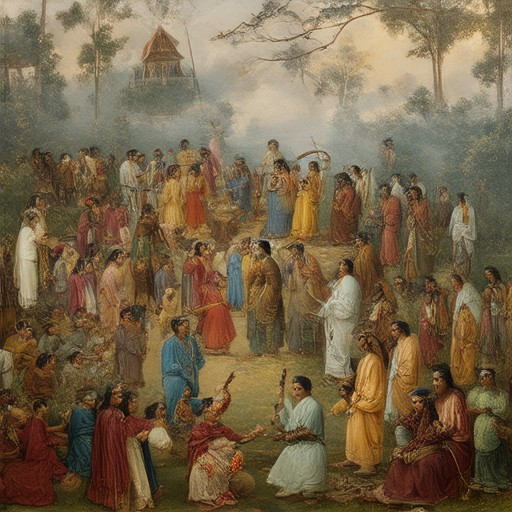
Cultural Encounters Reveal Societal Values and Beliefs
Cultural encounters provide profound insights into the fabric of society, offering a window into its collective values, beliefs, and traditions. These encounters, whether through travel, art, storytelling, or daily interactions, reveal the essence of how people live, interact, and coexist.
Societal Values Through Shared Experiences
One of the most revealing aspects of cultural encounters is the exposure to societal values. For instance, how a community greeting or a customary gesture reflects its emphasis on hospitality or hierarchy. Cultural practices, such as festivals, rituals, or traditional clothing, often carry deeper meanings tied to a society’s history and priorities.
Beliefs and Worldviews
Cultural encounters also highlight societal beliefs and worldviews. The stories, art, and customs passed down through generations often reflect a group’s philosophy on life, death, nature, and human relationships. These beliefs shape behavior, norms, and social structures, influencing how conflicts are resolved, celebrations are observed, and daily life is conducted.
Traditions and Rituals
Society’s traditions and rituals are often preserved through cultural encounters. From religious ceremonies to communal feasts, these practices showcase the importance of heritage and continuity. They also indicate how a culture prioritizes certain values over others, such as family, community, or individual achievement.
Communication Styles and Social Norms
The way people communicate and interact in different cultures reveals much about societal norms. For example, some cultures emphasize indirect communication, while others value directness. These differences reflect broader societal values, such as collectivism versus individualism, or the importance of hierarchy versus equality.
Diversity and Inclusion
Cultural encounters also challenge societal assumptions and broaden perspectives. They remind us of the richness of diverse ways of living and the importance of embracing difference. This awareness can lead to greater inclusivity and mutual respect, fostering a more harmonious society.
The Role of Education and Art
Educational programs and artistic expressions often facilitate cultural encounters. Museums, textbooks, and performances bring different cultures into dialogue, helping individuals understand and appreciate diverse perspectives. This exchange fosters empathy and encourages cross-cultural collaboration.
Challenges and Considerations
However, cultural encounters also raise challenges. Issues like cultural appropriation, stereotyping, and power imbalances can arise, highlighting the need for sensitivity and awareness. Understanding these complexities is essential for fostering meaningful and respectful interactions.
Conclusion
Ultimately, cultural encounters are a mirror reflecting society’s soul. They teach us about our shared humanity, the complexity of our differences, and the potential for connection. By embracing and exploring these encounters, we gain insights that enrich our lives and contribute to a more compassionate and inclusive world.
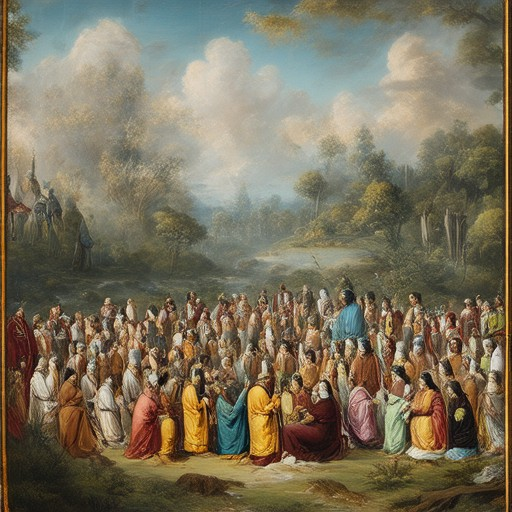
Cultural Encounters and Their Impact on Society
Cultural encounters play a pivotal role in shaping our comprehension of society, offering a multifaceted lens through which we can explore and appreciate the intricate tapestry of human existence.
Broadened Perspective
Cultural encounters provide individuals with the opportunity to witness diverse lifestyles and societal structures, thereby expanding their worldview. By engaging with people from various cultural backgrounds, one gains insight into how different communities address common challenges and celebrate unique traditions, enriching their understanding of the human experience.
Fostering Empathy
Engaging with different cultures fosters empathy by helping individuals recognize and connect with the experiences of others. This emotional resonance often leads to a more inclusive and compassionate perspective on societal issues, highlighting the shared humanity across cultural boundaries.
Challenging Stereotypes
Cultural encounters frequently challenge and dismantle stereotypes, as direct interaction with people from various backgrounds can disprove preconceived notions and promote a more nuanced understanding of different groups. This process contributes to a more open-minded and accepting view of society.
Introduction to the Third Culture
The concept of a “third culture” emerges when two or more cultures intersect, creating a unique environment that blends elements from each. This hybrid space often offers fresh perspectives on social norms and behaviors, encouraging individuals to reconsider their assumptions about how societies function.
Educational Insights
Museums, art exhibitions, and literary works dedicated to cultural exploration provide platforms for learning about the historical and social contexts of various cultures. These experiences enrich our understanding of societal values and practices, offering a deeper appreciation for the complexities of human civilization.
Role of Globalization
Globalization has facilitated cultural encounters through advancements in technology and media, allowing people to engage with diverse cultures from around the world. This increased exposure fosters a sense of interconnectedness, emphasizing shared human experiences despite cultural differences.
Reflection on Identity
Cultural encounters often prompt individuals to reflect on their own identity, comparing and contrasting their customs with those of others. This introspective process can lead to a reevaluation of personal beliefs and values, deepening the understanding of societal dynamics and complexities.
In conclusion, cultural encounters significantly enhance our understanding of society by broadening perspectives, fostering empathy, challenging stereotypes, introducing new social norms, providing educational insights, promoting globalization, and encouraging self-reflection on identity. These multifaceted interactions contribute to a richer, more comprehensive view of the human experience.
Cultural Encounters and Their Impact on Storytelling
Cultural encounters significantly influence storytelling by enriching narratives with diverse perspectives, challenging traditional structures, and fostering innovative approaches. Here’s how:
- Diverse Perspectives : Cultural encounters introduce elements from various backgrounds, leading to hybrid stories that blend different cultural traits, resulting in richer and more nuanced narratives.
- Challenging Traditional Narratives : These encounters often question established belief systems, introducing new themes and complexities that go beyond conventional storytelling frameworks.
- Character Depth : Stories influenced by cultural encounters tend to feature characters with layered identities, navigating cultural differences and identity struggles, thus enhancing character development.
- Innovation in Techniques : Authors may incorporate unique elements like dialects, festivals, or customs, giving rise to creative storytelling techniques that set their work apart.
- Reinterpretation of Classics : Cultural encounters inspire fresh takes on traditional tales, adding new twists and reflecting diverse cultural values.
- Immersive Settings : The environment in stories often reflects cultural values, shaping the narrative atmosphere and character choices, making settings integral to the story’s immersion.
By embracing cultural encounters, storytelling becomes a mirror of our interconnected world, producing works that are engaging, thought-provoking, and deeply reflective of global diversity.
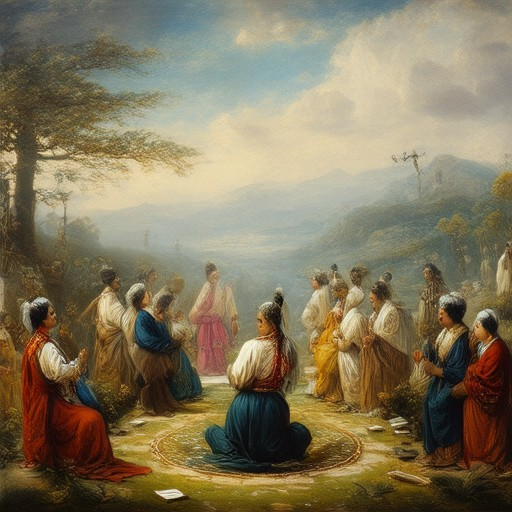
Cultural Encounters and Storytelling
Cultural encounters significantly influence storytelling by enriching narratives with diverse perspectives, challenging traditional narratives, and fostering hybrid tales that blend multiple cultural elements. This results in richer, more nuanced, and relatable stories for a global audience.
- Diverse Perspectives Enrich Narratives: Cultural encounters introduce unique viewpoints, beliefs, and customs, allowing storytellers to explore themes and characters from various cultural contexts. This diversity enhances the depth and complexity of stories, making them more engaging and reflective of the modern, interconnected world.
- Challenging Traditional Narratives: These encounters often challenge established storytelling conventions. By introducing unfamiliar elements, they encourage creators to question and reevaluate traditional themes, leading to innovative and thought-provoking narratives that resonate on a deeper level.
- Fostering Empathy and Understanding: Stories influenced by cultural encounters tend to humanize characters from diverse backgrounds, making them more relatable to readers. This fosters empathy and understanding, bridging cultural gaps through shared experiences and perspectives.
- Bridge Between Cultures: Storytelling serves as a powerful tool for connecting people across cultures. Shared stories create common ground, reducing misunderstandings and promoting mutual respect and peace in an increasingly globalized world.
Examples of cultural encounters in storytelling can be seen in works like “Crazy Rich Asians,” which seamlessly blends Asian and Western cultural elements, and “The Kite Runner,” which explores cultural displacement and its impact on narrative structure. These stories illustrate how cultural encounters can transform storytelling, making it a dynamic and meaningful art form.
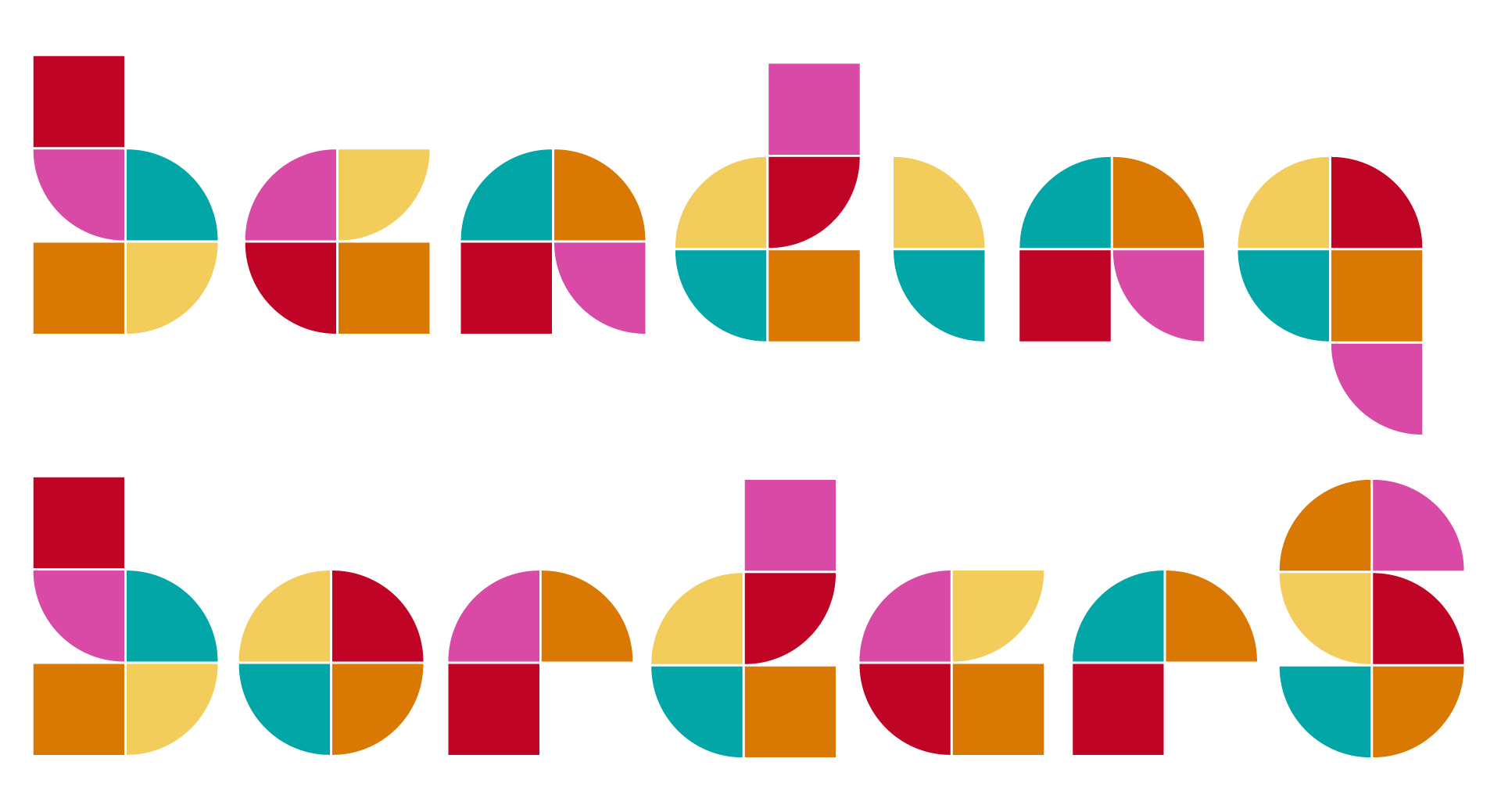



0 Comments